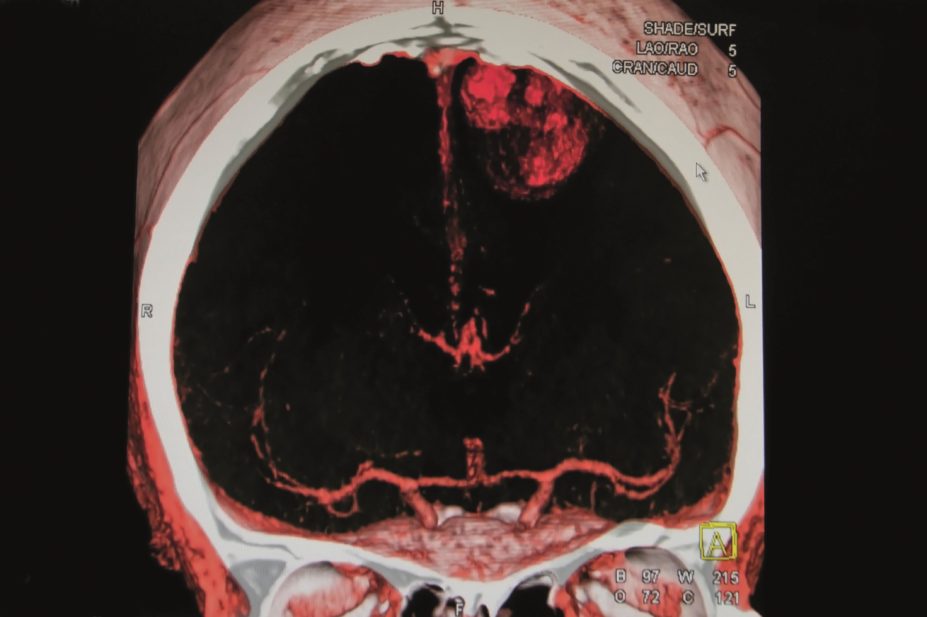
Shutterstock.com
Pharmacological reperfusion in acute ischaemic stroke may cause neuronal damage, so there is interest in adjuvant neuroprotective strategies. A phase II study of ciclosporin, administered intravenously at the same time as thrombolysis, has failed to demonstrate a benefit for the primary endpoint, infarct volume at 30 days.
The study, published in Neurology
[1]
(online, 6 May 2015), included 127 patients with acute ischaemic stroke who were eligible for thrombolytic therapy. Although ciclosporin was not effective in reducing infarct size overall, a post hoc analysis suggested that treatment may be beneficial in a subgroup of patients with proximal occlusion and effective recanalisation, in whom infarct volume was significantly reduced with ciclosporin versus placebo (14.9ml vs 48.3ml).
“Efficacy needs to be confirmed in larger studies focusing on this specific patient group,” the authors conclude.
References
[1] Nighoghossian N, Berthezène Y, Mechtouff L et al. Cyclosporine in acute ischemic stroke. Neurology 2015. doi:10.1212/WNL.0000000000001639.


